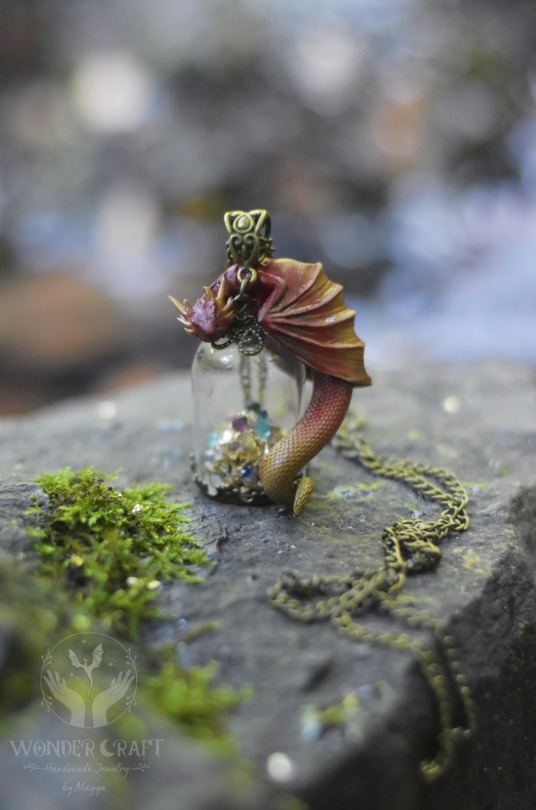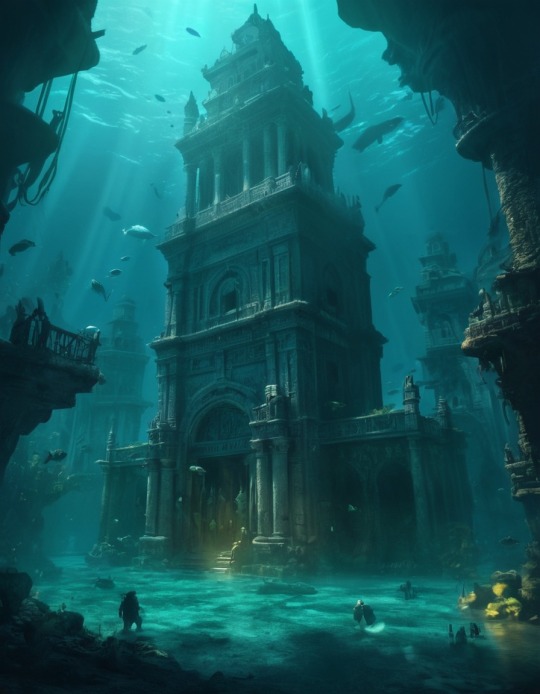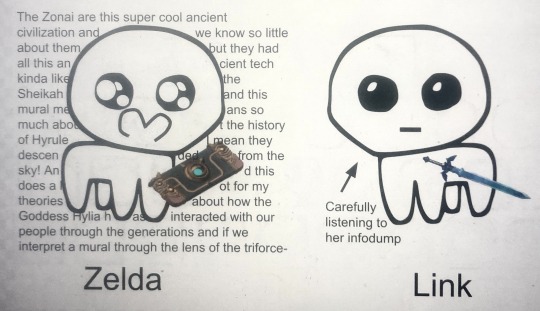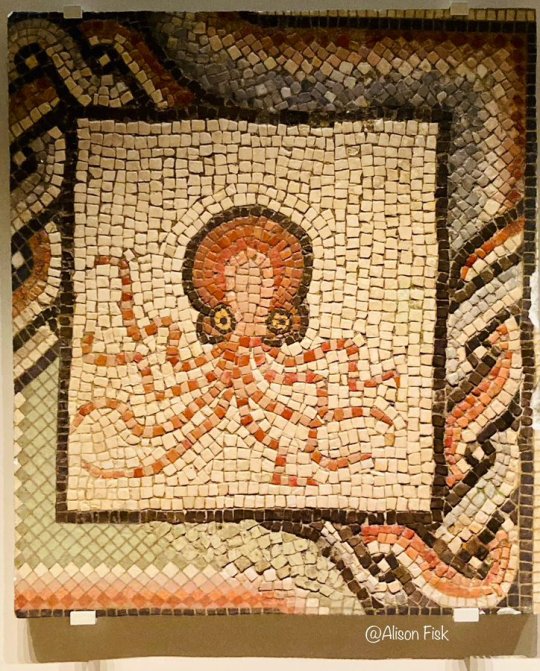#Ancient Creatures
Explore tagged Tumblr posts
Text



Ancient monsters I desined for my world
#fantasy art#digital art#fantasy#fantasy creature#sketch art#monster#ancient creatures#creature design#oc
25 notes
·
View notes
Text

For centuries, the colossal squid—Earth’s largest invertebrate—remained a mystery, known only through scattered clues from whale stomachs and deep-sea lore. It wasn’t until a Soviet trawler’s catch in 1981 that humanity truly grasped its enormity. Now, a rare specimen rests in New Zealand’s Te Papa Museum, its massive tentacles and eerie gaze a haunting reminder of the abyss.
Despite its size, this elusive deep-sea predator has never been confirmed in its natural habitat. A possible sighting in 2023 near Antarctica is still under review, reinforcing its status as one of the ocean’s greatest enigmas.
#general knowledge#affairsmastery#generalknowledge#current events#current news#upscaspirants#upsc#generalknowledgeindia#world news#breaking news#news#upsc current affairs#upscpreparation#upsc2025#iaspreparation#education#colossal#squid#octopus#ancient history#ancient animal#ancient creatures#ocean#sea creatures#sea#water#new zealand#antarctica#creature#animals
3 notes
·
View notes
Text




Venture into the heart of the dragon's hoard, where gold, jewels, and ancient relics come alive with tales of magic and adventure.🐉💎🔮
ETSY✨
#dragon art#dungeons and dragons#dragon hoard#guardian dragon#red dragon#smaug the dragon#smaugust#fantasy core#dnd dragonborn#dnd art#dragon core#dragon lord#dragon king#dragon lady#fantasy creature#treasure#ancient creatures#nerd stuff#fantasy aesthetic#fantasy larp#ren faire#larp#faecore
3 notes
·
View notes
Text
@ gothic litblr / anyone else who is as insane as I am do we think Dorian Gray would have liked fossils
We know he collected gemstones and he loves things that are pretty and rare and refined and probably could relate himself to a beautiful mineralised ammonite in a world of ‘plain’ old rock. He might have been fascinated by the eclectic alien forms life on earth once took and revel in the ways they uniquely thrived
Or do we think the unfathomable age of these things and the fact that they’re unavoidably long dead now would be an issue and he’d find them creepy with his being all about living life to the fullest at present and sulkily refusing to acknowledge death at every turn
#Basically I’m a dinosaurs freak and a Dorian Gray freak and I think about these things#Not that much was known (or held in high regard) about dinosaurs in his time but. a boy can dream#The Picture of Dorian Gray#Dinosaurs#Ancient creatures#Fossils#Litblr#Gothic litblr#You’re telling me this bitch wouldn’t have a mesozoic feather on display in a curiosity cabinet somewhere?#Even if he had no idea and/or frankly didn’t care where it came from
1 note
·
View note
Text
Unearthing the Past: The 44,000-Year-Old Frozen Wolf and Its Secrets
Imagine stumbling upon a creature that roamed the earth 44,000 years ago, perfectly preserved as if it had just taken a nap in the snow. That’s exactly what happened in Yakutia, eastern Russia, when residents found a remarkably intact wolf frozen in thick permafrost. This isn’t just any wolf—it’s a time capsule from the Pleistocene era, and scientists are buzzing with excitement over what they…
#Ancient Bacteria#Ancient Creatures#Ancient Discovery#Ancient DNA#Ancient History#Ancient Microbes#Ancient Mysteries#Ancient Viruses#animals#Archaeological Find#Arctic Discovery#Arctic Secrets#Frozen In Time#Frozen Wolf#Medical Breakthrough#Permafrost Find#Pleistocene Era#Pleistocene Predator#Pleistocene Wolf#Prehistoric Life#Prehistoric Predator#russia#Science Buzz#Science News#Scientific Breakthrough#Scientific Discovery#Scientific Wonder#Time Capsule#Wolf Discovery#Yakutia Find
0 notes
Text

0 notes
Text

#howard lovecraft#digitalart#ancient creatures#mystery#eerie#underwater city#aiart#lovecraft#ai#shadows#art
0 notes
Text

Their entire relationship
#tears of the kingdom#legend of zelda#zelda#totk zelda#link#totk link#zelink#totk spoilers#tbh creature#autism hc#autism creature#I am both#Get you a man who will sit and look pretty while you explain ancient civilizations to him#Exposition? No I see only an infodumping queen#something to nom on#Because ppl are (rightfully) clowning on me: image is weird bc I made it on laptop but it changed spacing on phone#So I took a photo of my laptop screen#^^ technologically incompetent
28K notes
·
View notes
Text

The Triumph of Light over Darkness by Franz von Matsch
#franz von matsch#art#light#darkness#supernatural#pagan#paganism#religious art#religion#gods#goddess#goddesses#torch#horse#wings#europe#european#classical antiquity#ancient greek#greek mythology#roman mythology#ancient rome#classical#classicism#sun#clouds#mythical creatures#winged horse#day#night
2K notes
·
View notes
Text
Jurassic Hilarity: The Comical Quest to Bring Back a Dinosaur
If you could bring back one dinosaur, which one would it be? Oh, to have the power to resurrect one of those prehistoric party animals! If I were to play Dr. Frankenstein with dinosaurs, the choice would be a tough one. After all, there are so many to pick from – some with ferocious appetites, others with peculiar features, and a few with an attitude that would put a grumpy cat to shame. Let’s…
View On WordPress
#Ancient Creatures#Comedy#Comical Creatures#dailyprompt#dailyprompt-2012#Dino Antics#Dino Dance#Dino Laughter#Dinosaur Revival#Dinosaurs#Extinct Entertainment#Fossil Follies#Fun Facts#Funny Fossils#Hilarious History#Humor#Jurassic Park#Paleontology#Prehistoric#Quirky Behaviors#Rib-Tickling Tales#Stand-Up Comedy
0 notes
Text

A charming little octopus from a Roman villa at Villaquejida, Spain, 2nd-3rd century AD. Museo Arqueológico Nacional, Madrid. Photo by Alison Fisk
#naval art#naval artifacts#roman mosaic#octopus#2nd - 3rd century ad#ancient seafaring#sea creatures
2K notes
·
View notes
Photo



You’re adorable lol
#ancient creatures#prehistoric creatures#extinct#extinct animals#creepy but cute#so many shapes and sizes#strange#museum#acnh museum#diana#diana the deer#acnh diana#acnh dreamy#acnh dreamies#acnh#acnh life#acnh island#acnh islanders#acnh villagers#acnh residents#acnh hype#acnh community#acnh blog#animal crossing#new horizons#animal crossing new horizons#animal crossing: new horizons#nintendo#nintendo switch#nintendo switch games
1 note
·
View note
Photo
So, one is just cruising along, having a nice day of fishing and your boat suddenly hits a wormhole into the Devonian. I wonder if sea scorpion tastes like crab...

295 notes
·
View notes
Text

Mosaic of sea creatures (the so-called "Fish Catalog") from the House of the Geometric Mosaics (VIII.2.16) at Pompeii. Artist unknown; ca. 100 BCE. Now in the Museo Archeologico Nazionale, Naples. Photo credit: Massimo Finizio.
#classics#tagamemnon#Ancient Rome#Pompeii#art#art history#ancient art#Roman art#Ancient Roman art#mosaic#sea creatures#NAM Naples
3K notes
·
View notes
Text

Eugène Fromentin, Centaures
#art detail#traditional art#art history#traditional painting#oil painting#19th century art#art details#classic art#classical art#art#artwork#1800s art#20th century art#academic art#contemporary art#fine art#modern art#renaissance art#mythology#roman mythology#ancient greece#mythical creatures#greek mythology
519 notes
·
View notes
Text



Watched Pyramids of Mars and... yeah I'm obsessed with this guy
#Was inspired by The-Patrex's fantastic anthro drawings of Sutekh. Absolutely check them out they are SICK!!!#He's anthro. he has a good voice. and he's an ancient creature of pure evil... so exactly my type really :''')#Whats super interesting is how the versions differ in interpreting Sutekh's 'Set creature' appearence.#PoM has a much more on the ardvark/giraffe elements. With the thin snout and very stylised square ears#whereas LORS is much more canine. Though still not conforming to any specific species. With the appearence of something mummified#its very good. I love both#Doctor who#Sutekh#dw spoilers#pyramids of mars#classic who#lors#the legend of ruby sunday#furry#art#dw#spoilers#fanart#fan art#dr who#antrho
826 notes
·
View notes